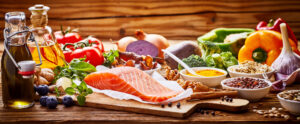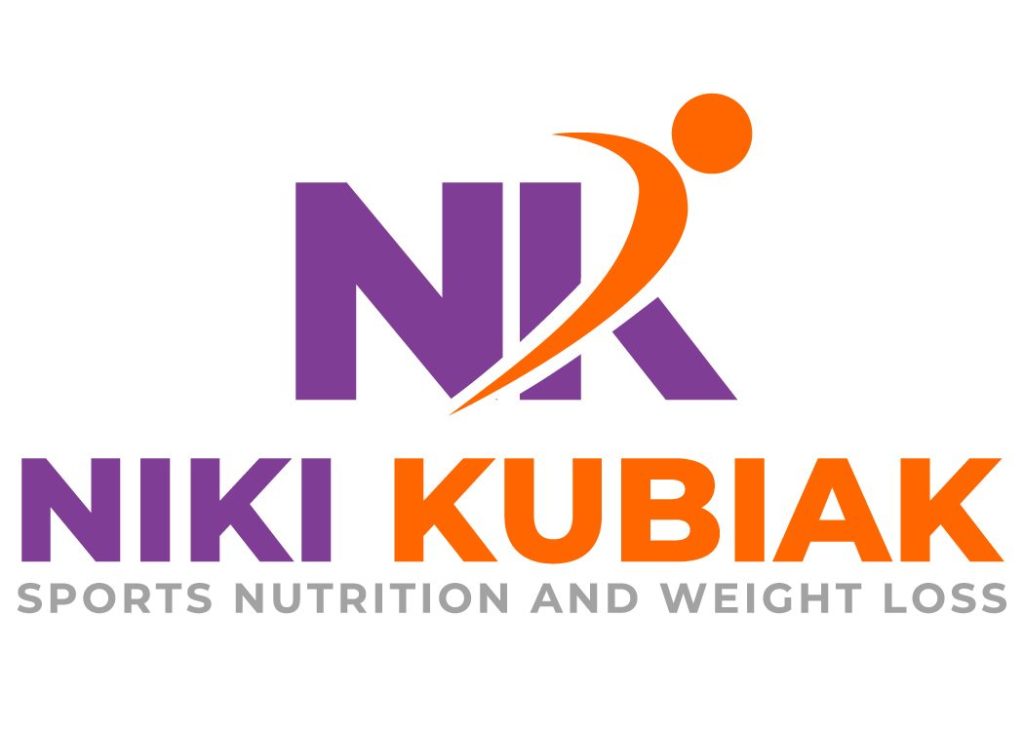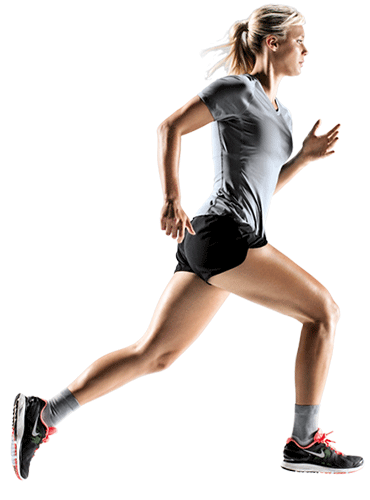
Objectives:
- Build an optimal diet routine that supports day-to-day training.
- Use Niki’s 3/2 rule to keep it simple!
- Make a “super” meal plan that fits even the busiest athlete’s hectic lifestyle.
The optimal (Not perfect!) diet includes:
- Sufficient Calories
- This little measure of energy determines your ability to complete a workout, your muscularity, and your weight.
- How do you estimate your calories?
- Eating Frequently
- Breakfast should equal about 20-25% of your total daily calories along with some whole grain and 8 – 16 grams of protein.
- Eat every 2-3 hours for high energy levels and to be ready for your next workout.
- Time sugary food and drinks, protein, fat, and fiber carefully.
- 90 mins – 2 hrs before exercise stick to high carb, low fat foods.
- Thinking Simple!
- Start with basic food groups: Fruits, veggies, whole grains, dairy, and meats/eggs/beans.
- Look for foods with short ingredient lists.
- Follow Niki’s 3/2 Rule: At least 3 food groups at every meal, 2 groups at every snack, and eat 3 meals with at least 2 snacks every day.
- Breakfast: Quinoa or granola parfait with plain low-fat yogurt, dried fruit and/or nuts
- Lunch: Whole grain pasta w/ steamed broccoli, salmon fillet or chicken breast and drizzle of olive oil
- Snack: Red delicious apple sliced w/ peanut butter
- Dinner: Black beans, brown rice, canned petite diced tomatoes w/ chipotle spice in a whole grain tortilla
- Dessert: Blueberry Walnut Smoothie (1/4 cup plain non-fat yogurt, ½ cup milk, 1 frozen banana, ½ cup berries, 2 Tbsp chopped walnuts, 1 cup spinach optional)

- Use the MyPlate model as an easy guide to structure a healthy meal.
MEAL MAKEOVER!
| Before…Good. | After…GREAT! |
| Pre-workout: Banana, water, coffee | Pre-workout: Banana, water, coffee |
| Post-workout: 1 cup oatmeal with milk, brown sugar, coffee | Post-workout: 1 cup oatmeal w/ milk, cinnamon, 2 Tbsp chopped walnuts, 1/3 cup blueberries, coffee |
| Snack: Nutri-Grain™ Cereal bar with 8 oz apple juice | Snack: Carrots, broccoli, red pepper strips w/ garlic hummus, Green tea |
| Lunch: Iceberg lettuce salad w/ 3 oz chicken breast, raw veggies, and light ranch dressing, croutons | Lunch: Baby Spinach salad w/ 3 oz salmon, raw veggies, olive oil and balsamic vinaigrette, chia seeds |
| Pre-workout: Nature Valley Granola bar, water or sports drink | Pre-workout: Nature Valley Granola bar, water or sports drink |
| Afternoon workout | Afternoon Workout |
| Post-workout: 16 oz LF Chocolate milk | Post-workout: 8 oz LF milk, ¼ dried cranberries or cherries, 1/8 cup almonds |
| Dinner: Regular Spaghetti w/ marinara sauce, canned green beans, low-fat milk | Dinner: Whole grain pasta w/ black beans, diced tomatoes and olive oil, steamed asparagus, low-fat milk |
| Snack: Low-fat Ice cream | Snack: Low-fat Greek yogurt w/ fruit |
- Recover right!
- Aim for 10-20 grams of protein and 50-100 grams of carbohydrate within 60 minutes after a hard workout.
- That equals about a 300-calorie snack that includes at least 2 different food groups. Try these ideas:
- ½ bagel with 1 Tbsp peanut butter and a banana
- Smoothie made with 12 oz low-fat milk, a banana, and 1 scoop whey protein powder or 1 Tbsp peanut butter.
- 4-5 slices deli turkey on 2 slices whole grain bread with lettuce, tomato, 1 slice cheese, and 1 Tbsp mayonnaise or 1/3 avocado.
- Hydrate on a schedule aiming for 32 ounces water by noon, again by 5pm, and drink to match your thirst through the evening.
- That equals about a 300-calorie snack that includes at least 2 different food groups. Try these ideas:
Find recipes and information about Niki’s services online at www.NikiKubiak.com.

